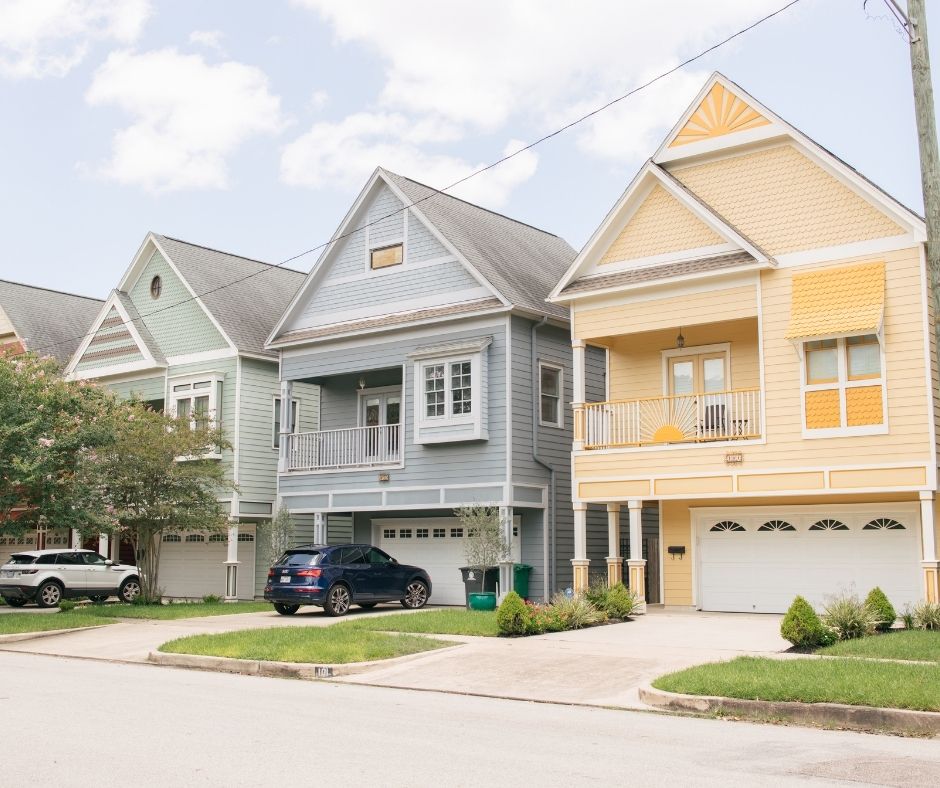4 Popular Types of ADU and Their Costs

4 Popular Types Of ADU And Their Costs
By
Zia
|Last Updated: 08 Oct 2024
Adding an accessory dwelling unit, or ADU, to your home is a smart way to not only provide more living space, but also add significant value.
Here are the 5 most common types of ADUs, what they cost on average, and how they can enhance your space in the long run.
ADUs are often designed as long-term rentals or as accommodations for additional family members. So, whether you’re looking to generate extra revenue or need more square footage for extra living space, an ADU can be an ideal option. Here are the 4 most popular types of ADUs we work on, and how much each typically costs.
1. BASEMENT ADU

First, it’s important to know that a refinished basement and a basement ADU are not the same things. Seattle, like most cities, has very specific rules about what constitutes an ADU. For example, a basement ADU requires plumbing and ventilation for a separate kitchen and bath to be classified as one. Also, in Seattle, you cannot add a street-facing door to the ADU. The main access needs to be a side door, as the city wants to avoid homes having multiple front doors.
Other considerations to keep in mind when converting a basement to an ADU is head height. Many unfinished basements have a low head height, plus you’ll still need to get ductwork in that basement space. So to meet minimum ceiling height requirements, you may need to dig down into the existing floor. That will require a larger expense upfront, and it will contribute to the length of the overall conversion project, so if you’re planning on using the unit as a rental, it may push back how long it can take for you to recoup your investment.
With these types of ADUs, you’ll also want to think about how to maximize natural light in the basement. Sometimes we’ll lift homes to increase basement ceiling height. That allows for the installation of larger windows and for much more light to enter the basement space. But even if lifting your home is not in your plans, consider installing larger windows in the unit so let that natural light in.
BENEFITS OF A BASEMENT ADU
Basement ADUs make great rental spaces. The average rent for an apartment is close to $1,500 a month and the average rental size is around 760 square feet — a good size for most basement ADUs to accommodate. They also are cool in the summer, Basement ADUs can offer more privacy than street-level housing, and these generally result from the good resale value if you decide to sell your home.
Average cost: $120,000-$220,000
2. BACKYARD COTTAGE ADU

This type of ADU is basically a detached living space on your property with the look and feel of a house, just on a smaller scale. It will need its own sewer, water, electrical and other components, but it’s a great ADU option as it’s totally separate from the main living space.
You can also cordon off an area of the yard where the ADU is built to create more separation and dedicated access to whoever is occupying the unit. Some considerations with this type of ADU include appearance and location. In Seattle, the unit still needs to match the exterior aesthetic of the main home. The city wants to avoid having clashing design styles popping up in various neighborhoods. In terms of location, you can place it right up against the lot line, but there may be height restrictions preventing the construction of a two-story ADU. On the plus side, being able to build right at the lot line allows for more separation and flexibility, particularly in smaller lots.
BENEFITS OF A BACKYARD COTTAGE ADU
As with a basement ADU, a backyard cottage is a great option for a rental unit. The added separation means both you and your renter have additional privacy. Plus the typically larger size of this type of ADU may result in higher rental incomes for you. In addition, it can make a great living space for extended family members.
Average cost: $200,000-$400,000 (single story)/$300,000-$550,000 (two story)
3. ADU WITH GARAGE UNDERNEATH

Another common type of ADU is one with living space on top and a garage with extra storage for a vehicle or other items underneath.
Adding a living above a typical two-car garage can make a lot of sense. The layout of the garage lends itself to ample living quarters above, particularly if you cantilever out. And often you can create a separate entrance either inside the garage or outside of it. This helps create separation from the main living space and privacy all around.
Average cost: $300,000-$500,000
4. ATTACHED ADU

An attached ADU can be an addition to your existing home, or a space inside your home that you convert into an ADU, like an attic.
The biggest consideration with this type of ADU is access. It’s almost like an apartment or townhome, so it needs to have a completely separate entryway from the main living unit. One way to create separate access points is to have a common front door/mudroom area that forks off into two entrances: the main living space and the attic ADU. With an attached ADU, you will need to create fire and sound separation between the two areas in most cases. The exception is if the area is already finished and you’re converting its use, like putting in a kitchen and an exterior door to turn it into an ADU.
BENEFITS OF AN ATTACHED ADU
These types of ADUs are great for smaller or compact lots where space is at a premium. With backyard cottages, there needs to be some land to allow for separation between the structures. With an attached ADU, that’s much less of a concern.